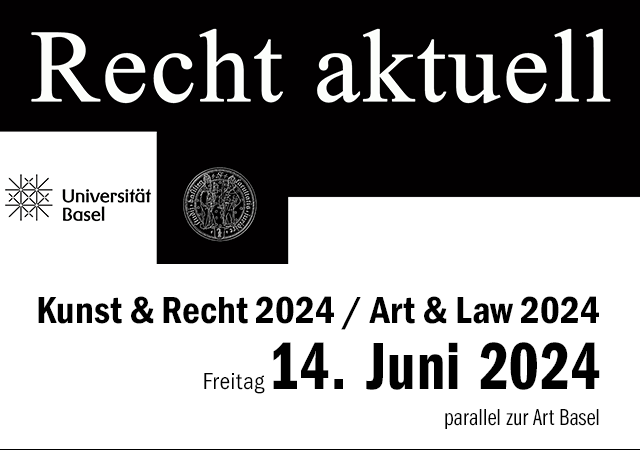- Volume 15 (2013)
- Vol. 15 (2013)
- >
- Issue 6
- No. 6
- >
- Page 175
- p. 175
On April 2, 2013, the New York Court of Appeals put to rest a six-year-old case in which an art buyer charged that Christie’s committed actual fraud in its sale of a painting purported to be a work by Jean-Michel Basquiat and later found to be a forgery. The Court of Appeals vindicated Christie’s by denying the buyer’s motion for leave to appeal, thus upholding the rulings of two lower courts which granted Christie’s summary judgment on the buyer’s fraud claims. As the trial court found, highly focused deposition testimony revealed a lack of evidence to support the buyer’s broad-based accusations that the auction house had known beforehand that the painting was a fake and sold it anyway. The court reached this outcome despite accusations by the buyer that, prior to the sale of the painting, Christie’s had been warned that the painting was “not right”. Hence the question: why was such a warning found to be insufficient to justify trial on the merits?

